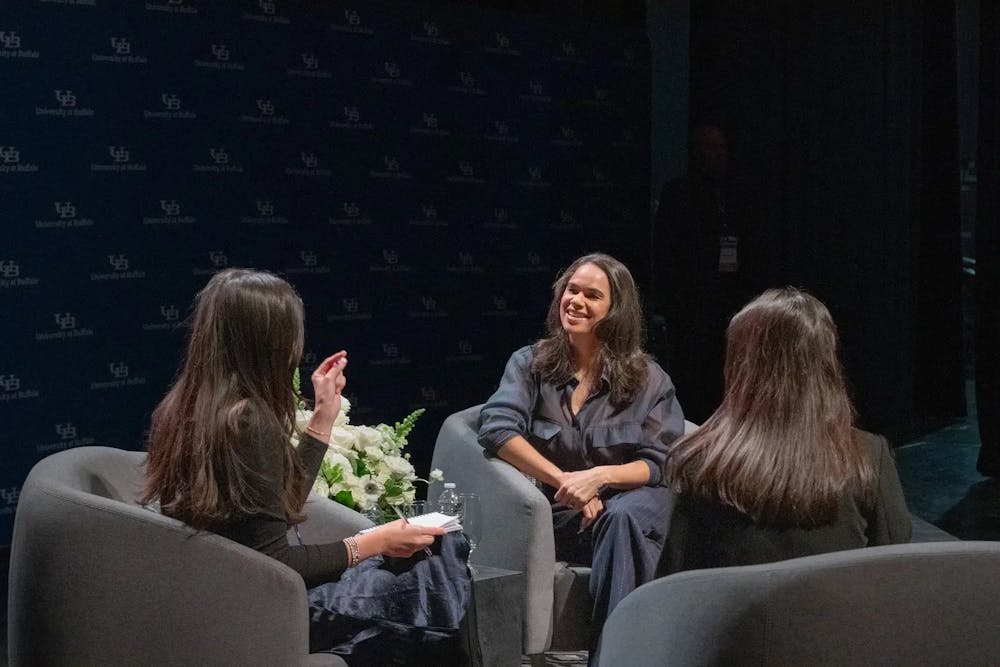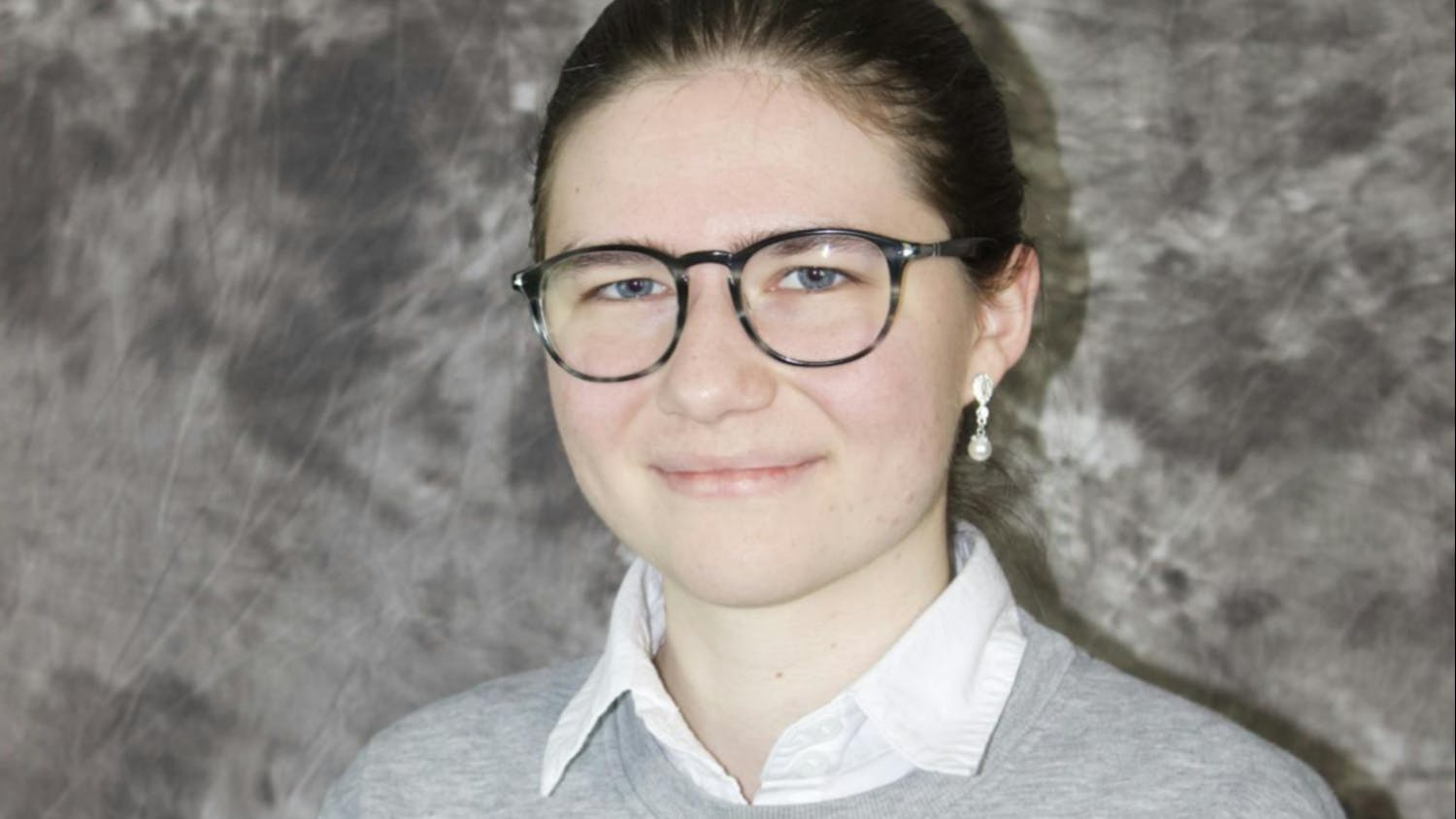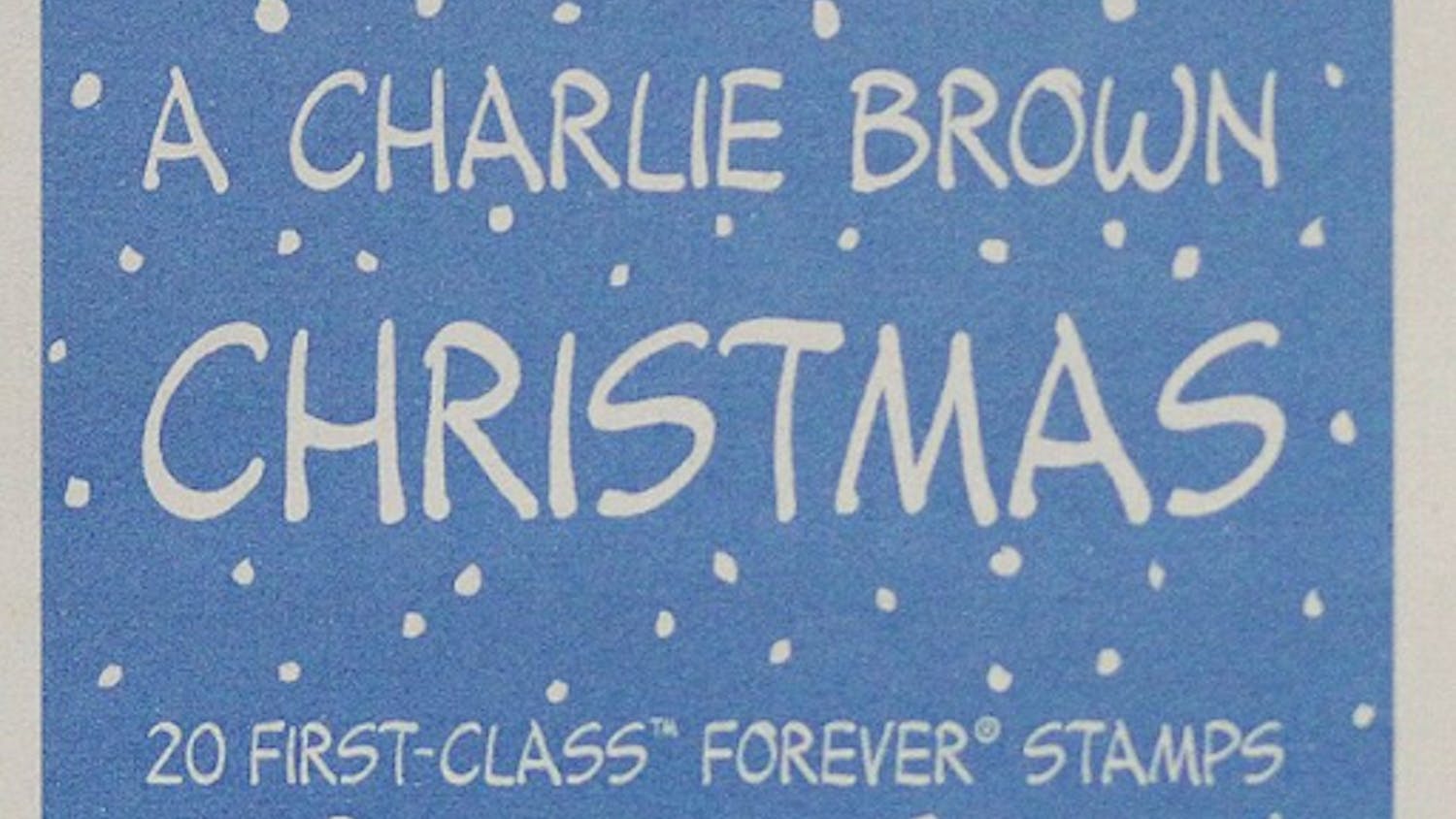Ballerina, writer and mother, Misty Copeland is the type of person who offers a hug when you extend a handshake. With her poise and grace, it feels as though she’s been a ballerina her entire life. Yet, Copeland didn’t begin ballet until she was 13, much later than the typical professional, who often starts training as early as three.
Copeland’s streak of breaking conventions continued when she became the first African American woman to be promoted to principal dancer and soloist at the American Ballet Theater in 2015.
On Wednesday night, she graced the Center for the Arts mainstage as the third speaker in UB’s ‘24-’25 Distinguished Speaker series, sharing more about her nontraditional path and remarkable triumphs.
Before she warmed the audience’s hearts, Copeland warmed up by sitting down with The Spectrum— diving into her career, life and personal journey.
This interview has been edited for length and clarity.
The Spectrum: Ballet has been a powerful form of self-expression for you, especially in a world where you've often felt quiet or introverted. When did you first recognize that your journey was unique? And how do you use your story to inspire others?
Misty Copeland: I think I knew from the moment I started dancing that my path and story was unique. I was 13, which is late. I was introduced to ballet on a basketball court, which is unusual, and at a Community Center at the Boys and Girls Club. So I think I went in taking ownership of being unique. And feeling like that was my power. Being different was this power that I had. Not so much about my race. I don't think that was something that was really brought to my attention until I was a professional. I was very protected in the environment that I was trained in. But I feel like that's been such a big part of my story and my mission— to empower young people to not have to look like the person or be like the person next to them, or who they see on social media, or in the public. That owning our individuality is so powerful. And so I think that's what I stand for.
TS: You mentioned that you learned ballet on a basketball court, and you instill that uniqueness into your BE BOLD program. But as an advocate for being unique and diversity, equity and inclusion, where do you think the movement should begin? From where you started to now, where would you like to see it go, both on and off the stage?
MC: It's so hard to think about. Like where to? I feel like it's, you know, for me. I'm trying to have my hands in all the areas because I don't think just one thing can happen at a time. I think that many things can be happening at one time, but bringing up the BE BOLD class and then the program, I think it's definitely important to lay a foundation for young people and for them to see representation and to have access to the arts. In a way that is really created for them and that's what I've tried to do with this program. I'm not trying to just bring a traditional ballet class to these communities that are like the [ones] I grew up in, black and brown majority communities. And for them to feel like this is something that they can be a part of, I think that that's like a base to start with so that they are our future audience members. They are the ones that are going to be interested in the arts and advocating for the art form. I think it's also important for people like myself to have a voice and have a presence on the inside of these institutions. Being on the board of directors is easier said than done because most of these institutions aren't asking artists or women or people of color to be in those seats. So, I've taken full advantage of it. Because it's important to have those entry points, at all levels. And there's a lot of work to be done.
TS: We wanted to know what your favorite cameo that you've done was and how you've seen the impact on children and what that's done for you.
MC: So when it comes to children's stuff there's been so many fun ones. My son is two and he doesn't really understand what I do. But when he saw me with Elmo everything changed. He was like, “Oh,” and then he started calling me Misty, because that's how Elmo refers to me in the episode. Which is hilarious and so wrong. “Like, no, I'm mommy.” I think that they're all important and again to have that access point for a young person to see me on a screen that might have never even thought of ballet or know what it is or have any interest in it, and to see me as a human and connecting with them, but then doing something that's different from what we’ve seen. But I think Sesame Street is so iconic. That has to be it.
TS: Shifting the conversation a little bit to your mentor, Raven Wilkinson. She's played such a crucial role in shaping your journey. And as we move on in time. What do you hope to be done to preserve foundations?
MC: When I started writing books, it was really with that in mind—how are we preserving and sharing the stories of so many people that were never recognized, or maybe their careers weren't seen as successful because they weren't in big major dance companies. But they played such a big role in the communities that they were present in. I feel like writing for me has been my contribution to preserving our history as a black dancer. Because it's not something that you can easily access, a documentation of the history, specifically of black ballet dancers. Think there's more of a catalog and an access to black dance, but not specifically black ballet. That's really my mission with almost every book that I've written, is how can I open someone's eyes to our history. How can I show someone that they belong in this space?
TS: I know that some of that disconnect stems from the history of European art forms. What have you uncovered [in your writing] that you found remarkable, that you think you can connect to?
MC: Wow, that's a good question. At the root and heart of ballet and what I've fallen in love with is not this kind of exterior. European, whatever it is, it's not this outside. And what often becomes noise and what it then ends up excluding people. It's the technique. It's through movement. I was so shy and so introverted. I never imagined myself standing out in a crowd or doing anything I didn't want to. I didn't want to use my voice, but when I discovered dance, yes, but specifically ballet— I'm learning this language and I don't have to say anything. I can say so much and even more than maybe words can say. That is the connecting point that makes it accessible for everyone you know, and that's what I love about ballet.
TS: How do you learn to identify and recognize yourself outside of ballet?
MC: As a little girl, my identity was being a black girl. My mom and my father are biracial, but my mother raised us that when you step outside of this house that doesn't matter. What percentage of Italian or German or whatever it is, you have a new people are going to see you in this way, and that's how you're going to be treated. That's what you should be prepared for. Up until the age of 13 that was my identity. And then I went into the dance. And it was like, Nope. Ballerina. I am a ballerina. And nothing else matters. As a black woman in the ballet world completely changed my perspective when I became professional because I was the only one in my company for over 10 years. That made me step back and think that I have to be a woman and a human first. That's how you first of all stay sane. I think if you just wrapped up in this ballerina identity that it can consume you and then you lose yourself. But I also think as an audience member for me, I like to connect with the people I'm seeing on stage. And that they're not this facade and this kind of untouchable thing. With every role that I've performed, I try to bring something that's human and real in the emotion to what I'm doing, so that someone in the audience is not just like I'm watching a firebird or watching a Princess, but they are finding some kind of connection.
TS: What are some ways that you express that?
MC: It's really committing and believing that you are that character, but also drawing from real emotions. I think back to a performance that was eight years ago or something, but I still remember it like it was today. I was performing Romeo and Juliet as Juliet with La Scala Ballet in Milan. I was very close with Prince the artist and I had worked with him a lot and he had recently passed away. I remember being so present in that character that it was the first time in it during the ballet on stage, I was by myself. A whole scene of acting where you're literally not doing any movement. It's called “Juliet Still.” You're just sitting on the edge of the bed. The audience is supposed to understand what you're going through. I remember that was the very first time I started to process the passing of Prince. Right there in that moment. It was connected to the character because I was feeling those feelings of loss from the role. I think that when you're super present and committed to the character, those emotions can come out and can flow.
Sophia Stines is an assistant features editor.
Hannah Rashad is the managing editor of The Spectrum.





